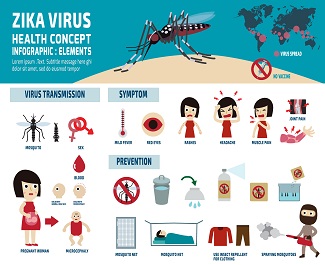What is blocked milk duct?
Blocked milk duct is a common problem during breastfeeding. It occurs when the flow of breast milk is obstructed. The obstruction may be in nipple pore or further back in the ductal system. A blocked duct usually comes on gradually and affects only one breast.
Breast milk secreted will continue to build up behind the blockage. As a result, a lump will form and your breast begins to feel sore. Your breast may become engorged in one area and might also look red.
If left untreated, a blocked duct can evolve into mastitis which is a more serious problem during breastfeeding.
Signs or symptoms of blocked milk duct
Common symptoms of blocked milk duct include the following:
- a hard lump or wedge-shaped area of engorgement that's sore to the touch or a very tender spot in your breast
- redness
- a hot sensation or swelling that may feel better after nursing.
If you feel run down and have fever, it could be a sign that your clogged duct has become infected and you should seek doctor’s help immediately.
Causes of blocked milk duct
Blocked milk duct is mainly caused by milk stasis and stress.
- Inadequate milk removal. Your breast milk is not completely empty in each feeding due to some reasons such as an improper latch, sleepy or distracted baby, or your baby is not feeding often enough or she has tongue-tie.
- You are using a pump that is not powerful enough to empty the breast milk.
- You suddenly weaned your baby.
- Infrequent feeding or you skip feeding due to nipple pain, teething of your baby, introduction of solid food, nursing mothers have tight schedule, baby suddenly sleeping longer or you are sick.
- Pressure on the duct due to tight bra or clothing or you sleep on stomach.
- Inflammation due to bacterial or yeast infection.
- Stress. Stress lowers your body's production of oxytocin, the hormone that causes your breasts to release milk.
Treatment of blocked milk duct
First and foremost, do not decrease or stop nursing when you have a blocked milk duct as this increases the risk of complication. You should take action promptly once you feel a lump in your breast.
Pain reliever or anti-inflammatory medicine may be given if you visit a doctor for blocked milk duct.
You can also do the following to aid the treatment of blocked milk duct
- Have enough rest. Relaxation will help let-down reflex work well.
- Keep the affected breast as empty as possible by feeding from that side as often as you can. Although it may be painful to breastfeed in this situation, it will make you more comfortable after feeding and reduce inflammation.
- Before feeding, apply warm compresses to the affected breast or massage the affected breast area before a feeding. This will improve the circulation and trigger milk let-down reflex.
- Feed from the affected breast first, when baby is sucking vigorously.
- Make sure your baby is properly latched in which your nipple will be close to his throat.
- Change feeding positions to help empty the breast.
- Apply cold compress to affected breast may help relieve pain and inflammation.
Prevention of blocked milk duct
- Avoid long stretches between feedings.
- Make sure your nursing bras fit well and don't have underwires, which can compress milk ducts and restrict the milk flow.
- Feed baby in different positions. This will help make sure that all of the ducted are drained.
- Massage your breast before each feeding. Try to massage the sore area frequently and firmly and start at the outside of the breast and working your way toward the nipple.
- Apply warm compresses before nursing can help open the ducts and relieve pain and swelling.
- Get enough rest.
- Have adequate nutrition and drink enough fluid. Focus on nutritious foods to boost your immune system, and drink plenty of fluids to stay hydrated.
Can I continue to breastfeed?
Yes, you should continue to breastfeed your baby. It is actually the best way to clear the blockage.
Your baby may become fussy as the milk flow is slower. But it will not hurt your baby to nurse while you have a clogged duct. And the antibacterial properties of breast milk will keep your baby safe from bacteria, even if you develop an infection.



